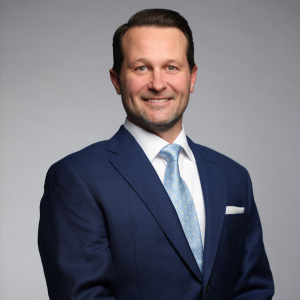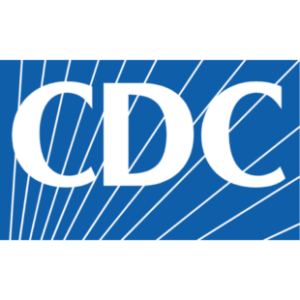Employee satisfaction: A critical factor in the business of caregiving
A 2004 publication by Dr. Dorie Seavey of PHI entitled, “The Cost of Frontline Turnover in Long-Term Care,” conservatively quantified the direct costs associated with turnover at $2,500 per certified nursing assistant. Indirect costs associated with turnover, such as increased stress for staff, add substantially to this figure.
While there is a direct link between employee dissatisfaction and turnover, in the current economy these two indicators may be less connected than in the past. It is important for employers not to assume that a temporary reduction in turnover resulting from a soft economy is automatically equated with high satisfaction.
My InnerView, an organization that designs and implements surveys for long-term care employers, published a 2010-2011 national survey on employee satisfaction representing data from 35 percent of America’s nursing homes. The good news is that My InnerView reports 63 percent of direct-care workers and 65 percent of nurses to have good or excellent job satisfaction. The bad news is this means that approximately one third of the nursing workforce is not particularly satisfied.
“In fact, frontline caregivers report the least job satisfaction of all job categories. Their willingness to recommend their home as a place to work is motivated less by how much they are paid than the care and concern the managers show them,” said Mary Tellis-Nayak, vice president of quality initiatives/strategic advisor for My InnerView.
Employee dissatisfaction has also been linked to compromises in customer satisfaction, problems with quality of care, increased survey deficiencies and higher levels of employee turnover.
PHI recently completed a series of case studies and best practice profiles that feature 28 exemplary employers working to improve job quality. One of the case studies features Southern California’s Ararat Nursing Facility. Ararat boasts 98-100 percent satisfaction among consumers and families and 95 percent satisfaction among staff. These impressive outcomes are a result of a combination of practices from an organization that maintains a strong, sustained emphasis on employee satisfaction.
Ararat attributes its success in large part to its Performance Improvement-Quality Improvement committee (PIQI). This team represents staff from multiple departments and meets quarterly to review data as well as proposals for improvement that may originate from anywhere within the organization. The open process, in which feedback is actively solicited, empowers and engages staff in ways that increase satisfaction and loyalty to the organization.
In addition, Ararat offers CNAs a five-tiered career ladder with associated pay increases, peer support through a mentoring program and multiple recognition programs that acknowledge their contributions to the Ararat community.
Finally, Ararat’s approach to resident care—through resident-centered teams and consistent assignment—has been shown to be far more satisfying to staff than care delivery systems where staff rotate between units and have little opportunity to develop meaningful relationships with residents.
As a result of these efforts, Ararat has an annual employee turnover rate of 3 percent compared to the national average of 71 percent, runs at 100 percent occupancy with a wait list, and has won numerous awards for quality.
Susan Misiorski is director of training and organizational development services for PHI. A culture change leader, Susan is also a member of the board of directors, and a former president, of the Pioneer Network.
The opinions expressed in this blog are those of the author and do not necessarily reflect the views of Long-Term Living.
I Advance Senior Care is the industry-leading source for practical, in-depth, business-building, and resident care information for owners, executives, administrators, and directors of nursing at assisted living communities, skilled nursing facilities, post-acute facilities, and continuing care retirement communities. The I Advance Senior Care editorial team and industry experts provide market analysis, strategic direction, policy commentary, clinical best-practices, business management, and technology breakthroughs.
I Advance Senior Care is part of the Institute for the Advancement of Senior Care and published by Plain-English Health Care.
Related Articles
Topics: Facility management , Leadership , Staffing











